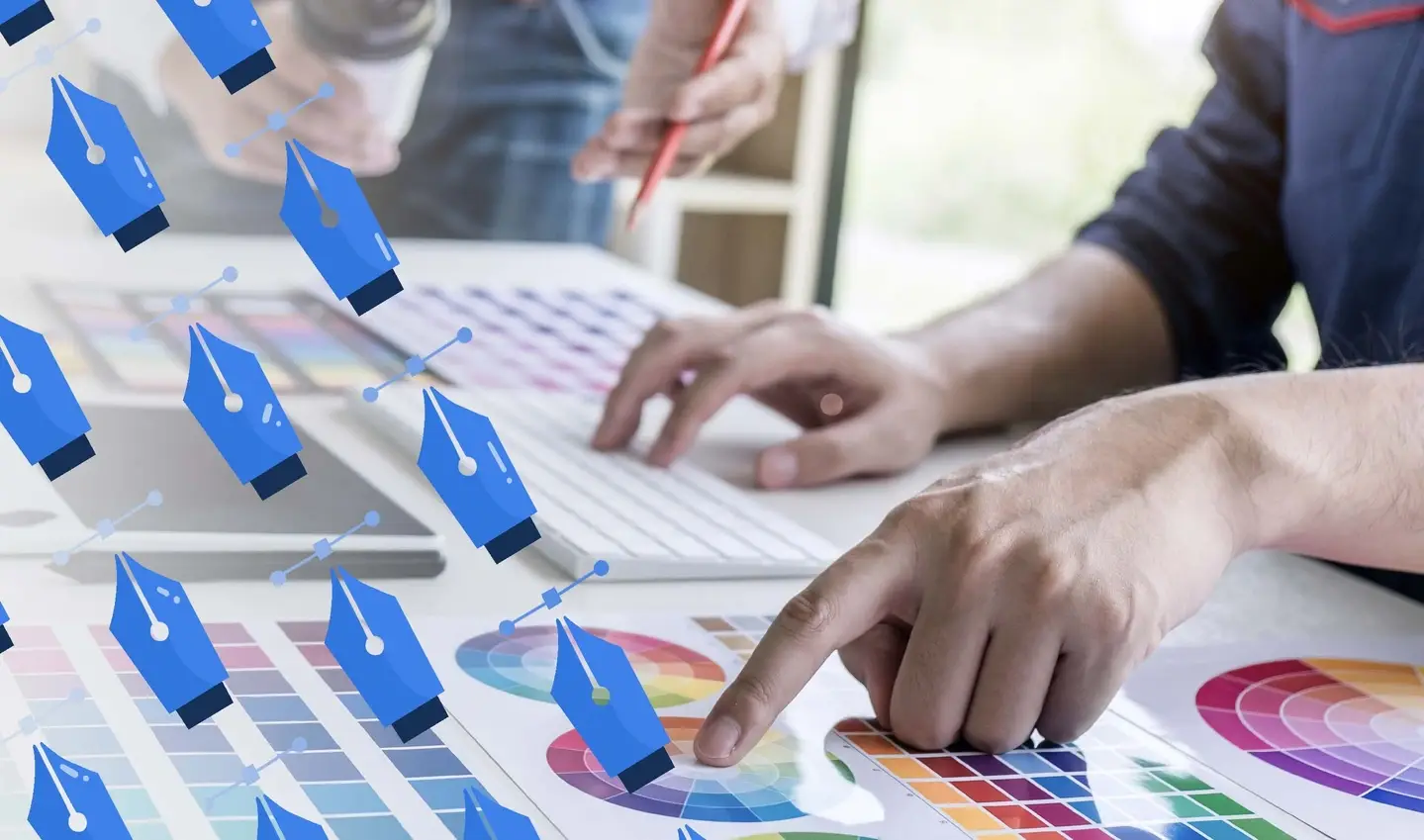
Graphic Design for Nonprofits
The social-impact sector is always hiring talented designers and visual artists to spearhead branding, graphics, and marketing efforts. Discover your next opportunity by searching Idealist’s most recent listings.
What are nonprofit graphic design jobs?
Whatever their size, scope, or mission, most organizations have marketing, branding, and communications goals—all of which require the work of talented artists to help achieve. From designing logos and formulating a brand identity to producing marketing materials, graphic designers are chiefly responsible for how an organization visually presents itself.
Here’s what you need to know about graphic design for nonprofits.
Nonprofit graphic design job descriptions
Although it originated with a focus on print media, in recent years graphic design has begun to overlap substantially with digital design, incorporating skills in 2-D and 3-D modeling and animation as well as interactive pages for digital platforms and devices. As a result of this widening of scope, graphic design jobs can vary substantially depending on an organization’s particular needs. In general, however, job descriptions for nonprofit graphic design jobs tend to include:
- Developing and maintaining Graphic Design Standards.
- Ability to design for multiple audiences and marketing campaigns.
- Designing both promotional and educational materials, such as brochures and infographics.
- Oversee digital and print projects from conception to delivery.
- Source images for print collateral, website, and social media use, and maintain the organization’s photo and video archives.
- Assist and advise staff on implementation of the organization’s branding and style guide.
Graphic design jobs are sometimes paired with marketing or communications roles, which means that in addition to visual branding and design responsibilities, you may also have the opportunity to manage marketing campaigns, oversee content creation for social media, and head a team of graphic designers on a variety of internal projects.
For more insight on working in the social-impact sector, check out Idealist’s Career Advice blog, where we cover everything from the job search and resume preparation to tips for self-care and career development.
Degree requirements for nonprofit graphic designers
Need to have
- Bachelor of arts in graphic design or a related field. As the steward of an organization’s visual presentation, graphic designers are required by employers to have either a degree, an accredited certification, or equivalent work experience. Specific expectations vary, and experience is often sufficient (there are plenty of online options for developing your graphic design skill set), but you’ll likely see a bachelor’s in graphic design or marketing listed as a baseline requirement for many positions.
- A strong professional portfolio. This is integral to showcasing your talents as well as your ability to tackle multifaceted projects. If you’re a current student or recent graduate interested in joining the nonprofit sector, a graphic design internship with social-impact organization is a great way to spruce up your portfolio and gain hands-on experience with the particular needs of social-impact organizations.
Nice to have
- Master of arts in graphic design, visual arts, marketing, or design. For more senior positions at nonprofit organizations, a graduate degree in design or visual arts could help you get noticed by a potential employer—especially if you don’t have much practical experience in the sector.
- Certifications. There are a variety of online and in-person accreditations you can take to either supplement or develop your skill set. These certifications look great on a resume and give you an edge when vying for particularly competitive positions.
Skills required for nonprofit graphic design
Expectations vary based on the specific position and the needs of the hiring organization, but if you’re looking at graphic design jobs in the nonprofit sector, you’re likely to encounter these requirements:
- A related bachelor’s degree as well as work history and previous experience in design, branding, marketing, and illustration.
- Proficiency with industry-standard tools such as Sketch and Adobe Suite.
- A basic understanding of typography and color theory.
- Knowledge of nonprofit organizational and financial operations and protocols.
- Technological savvy and comfort navigating and learning new systems.
- Strong organizational, interpersonal, and communication skills.
- The ability to manage multiple campaigns and maintain consistent visual branding across an organization’s communications.
- Skill in developing graphic design style guides, color palettes, and aesthetic parameters for maintaining brand identity.
- A demonstrated commitment to the social-impact sector with a passion for the mission of the organization to which you’re applying.
Nonprofit graphic design job salary ranges
According to Payscale, as of October 2021 the median annual salary for graphic designers (including those in the nonprofit sector) is $47,000 per year. This means that half of graphic designers and those in similar roles made more than this amount, and the other half made less. Median income gives you an idea of where the “middle” is in terms of compensation for this particular position.
Based on Idealist’s salary survey data, the starting salary for graphic designers in the nonprofit sector ranges from $20,000 to $125,000 with the median salary being $65,975. Keep in mind however, that design and marketing is a very large field within the sector. Specific positions such as Junior Graphic Designer and Director of Graphic Design will have different ranges and median salaries depending on skills, experience, and location.

We at Idealist are committed to catalyzing growth and change in our sector. Join us in making compensation more transparent.
Work environment and schedule
Nonprofit graphic design roles can range from freelance to full-time positions depending on the organization’s size as well as the scope of their visual marketing and branding needs. In our digital age, it’s becoming more and more important for organizations to have an online presence—which often requires the work of at least one in-house, full-time graphic artist. The workload and level of responsibility also varies from role to role, but the reward and level of involvement in an organization’s brand identity tends to scale right alongside it.
If you’re a graphic artist with a marketing background, an eye for compelling design, and a passion for mission-driven work, consider growing as a creative professional by joining the social-impact sector.


